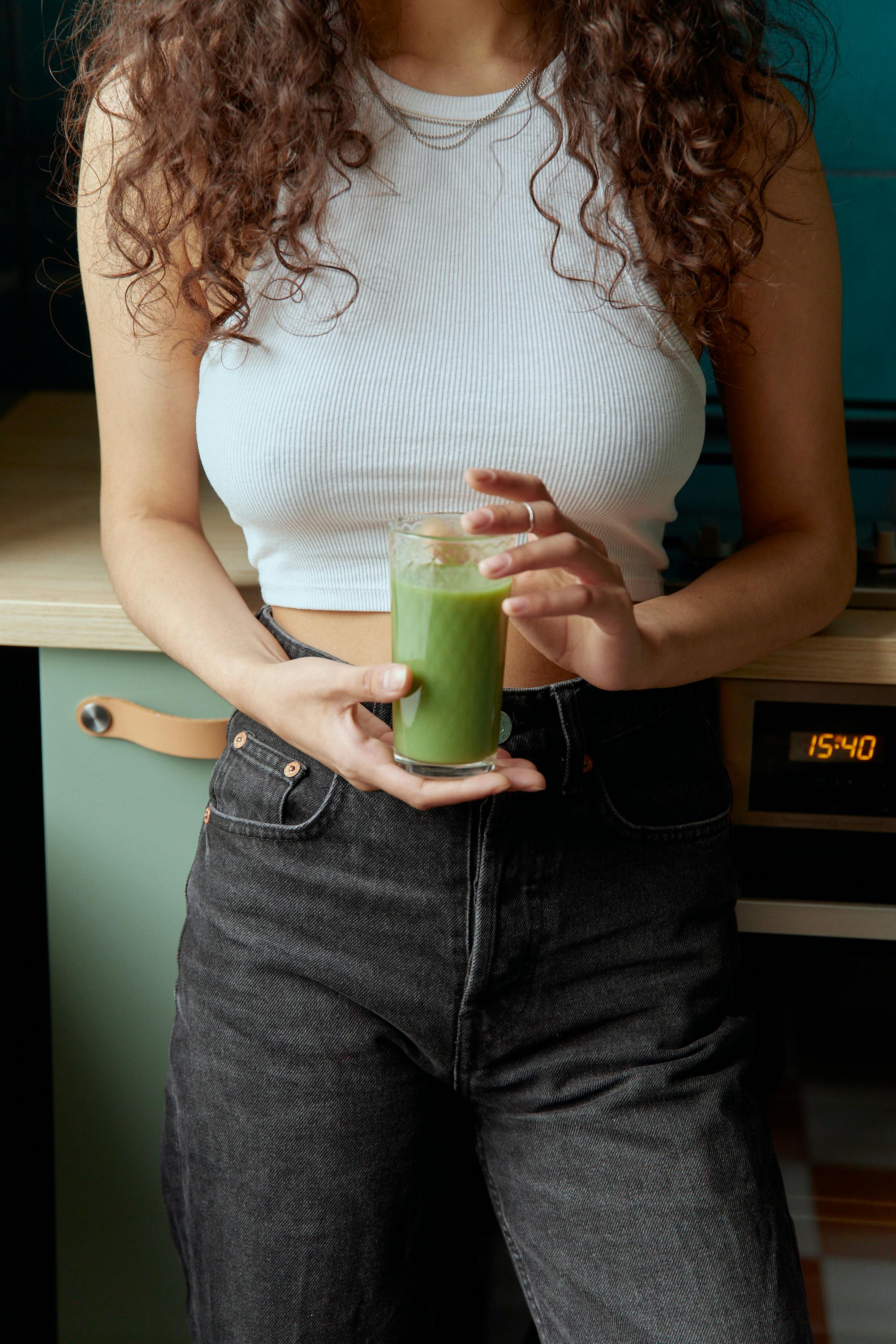
Effective Ways to Optimize Your Warfarin Diet in 2025
Understanding the Warfarin Diet
A warfarin diet is essential for individuals undergoing anticoagulation therapy, especially those prescribed warfarin. Warfarin is a medication that prevents blood clots, making the management of diet crucial for maintaining stable INR (International Normalized Ratio) levels. The aim of this article is to provide a comprehensive guide for warfarin users, detailing food restrictions, recommended meal planning, and ways to integrate balanced nutrition while adhering to the warfarin diet.
Warfarin interacts with certain foods, particularly those high in vitamin K, which can alter INR levels and diminish the efficacy of the medication. Thus, it’s imperative for warfarin patients to understand the role of specific foods, hydration needs, and the importance of consistency in dietary choices to maintain a stable INR. This article will cover essential aspects such as food high in vitamin K, dietary changes, managing side effects, cooking tips, and meal ideas suitable for individuals on a warfarin regimen.
Key Takeaways:
- Understanding food restrictions and interactions with warfarin.
- Importance of maintaining a stable intake of vitamin K foods.
- Practical tips for meal planning and preparation.
- Expert advice for managing diet while on anticoagulation therapy.
Warfarin Food Restrictions You Should Know
Food restrictions on a warfarin diet primarily revolve around vitamin K intake. Leafy greens, such as kale, spinach, and broccoli, are high in vitamin K and can significantly affect INR levels. It's essential to have a balanced intake to avoid drastic changes in vitamin K, which could lead to instability in INR readings.
Common Foods High in Vitamin K
Leafy greens stand out as prominent sources of vitamin K, putting them at the forefront of warfarin food restrictions. Foods like kale salads, spinach smoothies, and collard greens should be consumed sparingly or in consistent amounts. Other foods to monitor include Brussels sprouts and green beans.
Foods to Include in Your Diet
While managing vitamin K is crucial, there are many delicious options that can fit well into a warfarin diet. Foods low in vitamin K, such as carrots, cucumbers, and bell peppers, are excellent choices. Fruits like apples, berries, and bananas are beneficial for blood thinning while providing essential nutrients without affecting INR levels.
Avoiding Drastic Diet Changes
Sudden dietary changes can lead to erratic INR levels, making it vital to introduce new foods gradually. Regular monitoring can assist in understanding the impact of these changes. Consulting with a healthcare provider or dietitian before making any significant modifications to your diet is recommended.
Managing INR Levels Through Diet
Regular monitoring of INR levels in conjunction with dietary adjustments plays a critical role in successful warfarin management. Understanding the interactions between food and INR can empower patients to take control of their health.
Food and INR Interaction
Certain foods can enhance or inhibit the effect of warfarin. For example, garlic and ginger have blood-thinning properties, which could amplify the effects when taken in conjunction with warfarin. Conversely, foods high in vitamin K can counteract its effectiveness and should be limited or managed through consistent intake.
Alcohol Consumption and Warfarin
Alcohol can interfere with warfarin metabolism, affecting INR levels. Moderate consumption is generally advised, but it’s best to discuss specific guidelines with your healthcare provider. Maintaining consistency in alcohol intake is key; variations can impact the therapeutic effect of warfarin.
Importance of Hydration
Staying well-hydrated is essential while on warfarin. Proper hydration aids metabolism and can help in managing side effects such as dizziness. Aim to drink sufficient fluids throughout the day, considering options low in sugar and sodium for added health benefits.
Practical Cooking Tips for Warfarin Patients
Cooking for a warfarin diet can be straightforward once you understand the basic guidelines around food restrictions and safe practices. It’s pivotal to adjust your culinary techniques to align with dietary needs while keeping meals enjoyable and nutritious.
Cooking Oils and Warfarin
Choosing the right cooking oil is crucial when preparing meals. Opt for healthy fats such as olive oil or avocado oil in moderation. These fats not only support heart health but are also compatible with a warfarin diet, as long as they are used sensibly.
Meal Prep for Warfarin Users
Meal prepping can ensure that you have easy access to warfarin-friendly meals without the temptation of unhealthy options. Prepare meals in advance with low vitamin K vegetables, lean proteins, and whole grains to facilitate adherence to your dietary restrictions.
Recipes for Warfarin-Friendly Meals
Consider creating balanced meals incorporating lean proteins such as chicken or fish, along with colorful vegetables like bell peppers and carrots for added nutrients. A recommended meal could be grilled chicken with a side of quinoa and roasted low vitamin K vegetables.

Understanding Vegetarian and Vegan Diets on Warfarin
For patients following vegetarian or vegan diets, careful planning is essential. While vegetables provide essential nutrients, it’s crucial to select lower vitamin K options and ensure adequate protein intake from sources like legumes and nuts.
Fruits for Warfarin Patients
Choosing fruits wisely can benefit the diet while ensuring compliance with anticoagulation therapy guidelines. Opt for fruits like apples, pears, and berries that are tasty and can complement your diet without adversely affecting INR levels.
Vegetables to Include in a Warfarin Diet
While leafy greens are high in vitamin K, many other vegetables such as cucumbers, carrots, and bell peppers can be included without worry. These alternatives can enrich meals with flavor and essential nutrients while keeping the diet balanced.
Nutritional Supplements for Warfarin Users
Before considering any supplements, always consult with a healthcare professional, as some might interfere with warfarin's efficacy. Supplements should be taken judiciously, especially those containing vitamin K or high doses of certain herbs.
Long-term Diet Management and Support
Maintaining a stable lifestyle with a warfarin diet requires ongoing efforts and adjustments. Continuous education and community support can aid significantly in the transition and management of dietary needs.
Balancing Vitamin K Intake
Stability in INR levels can be achieved by maintaining a consistent daily intake of vitamin K. This does not imply eliminating all sources of vitamin K but rather assessing and regulating consumption effectively.
Dietitian Advice for Warfarin Users
Engaging with a dietitian can provide personalized guidance in meal planning and making informed choices. Dietitians can tailor dietary recommendations that will help manage INR levels effectively while considering personal preferences and lifestyle.

Community Support and Resources
Connecting with local support groups or online communities can provide encouragement and shared experiences from others on a similar journey. Resources like patient education materials can be invaluable in navigating dietary changes with warfarin.
Conclusion
Proper management of a warfarin diet in 2025 emphasizes the significance of food choices and healthy eating habits in achieving stable INR levels. By adhering to the guidelines presented, warfarin users can enjoy a varied and balanced diet while maintaining their health. Continuous education, consistent monitoring, and collaboration with healthcare professionals will empower individuals to thrive while on anticoagulation therapy.